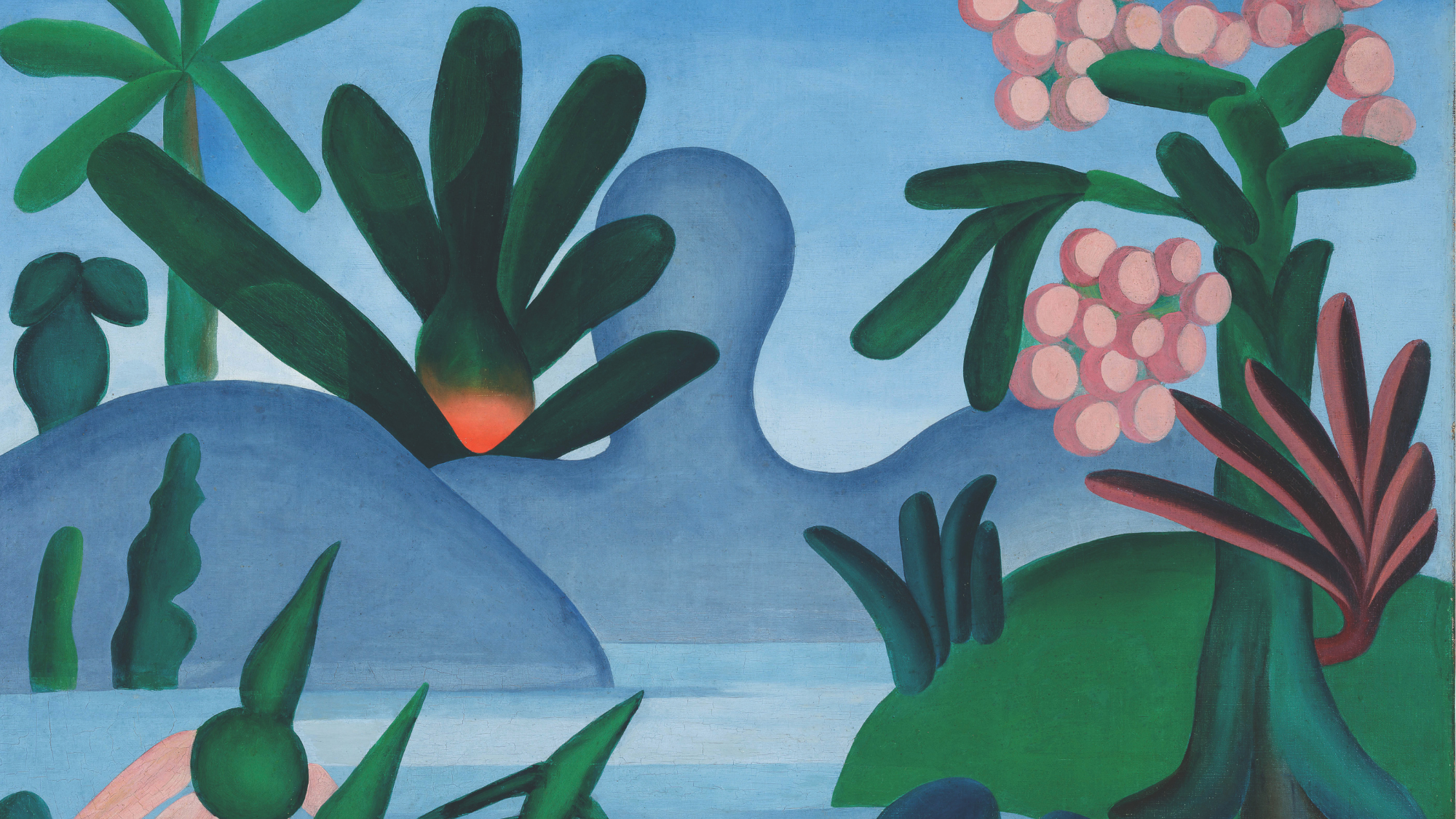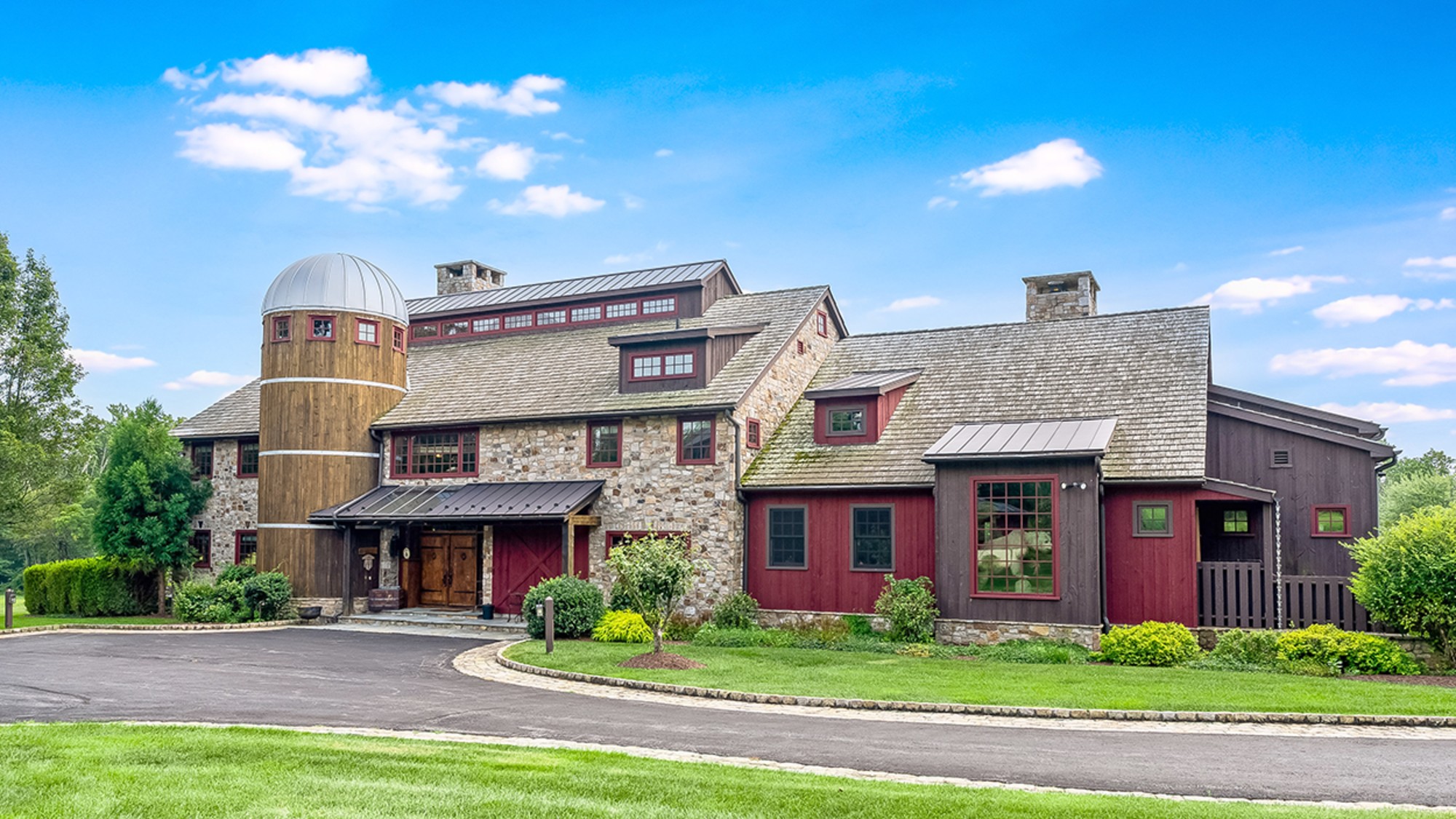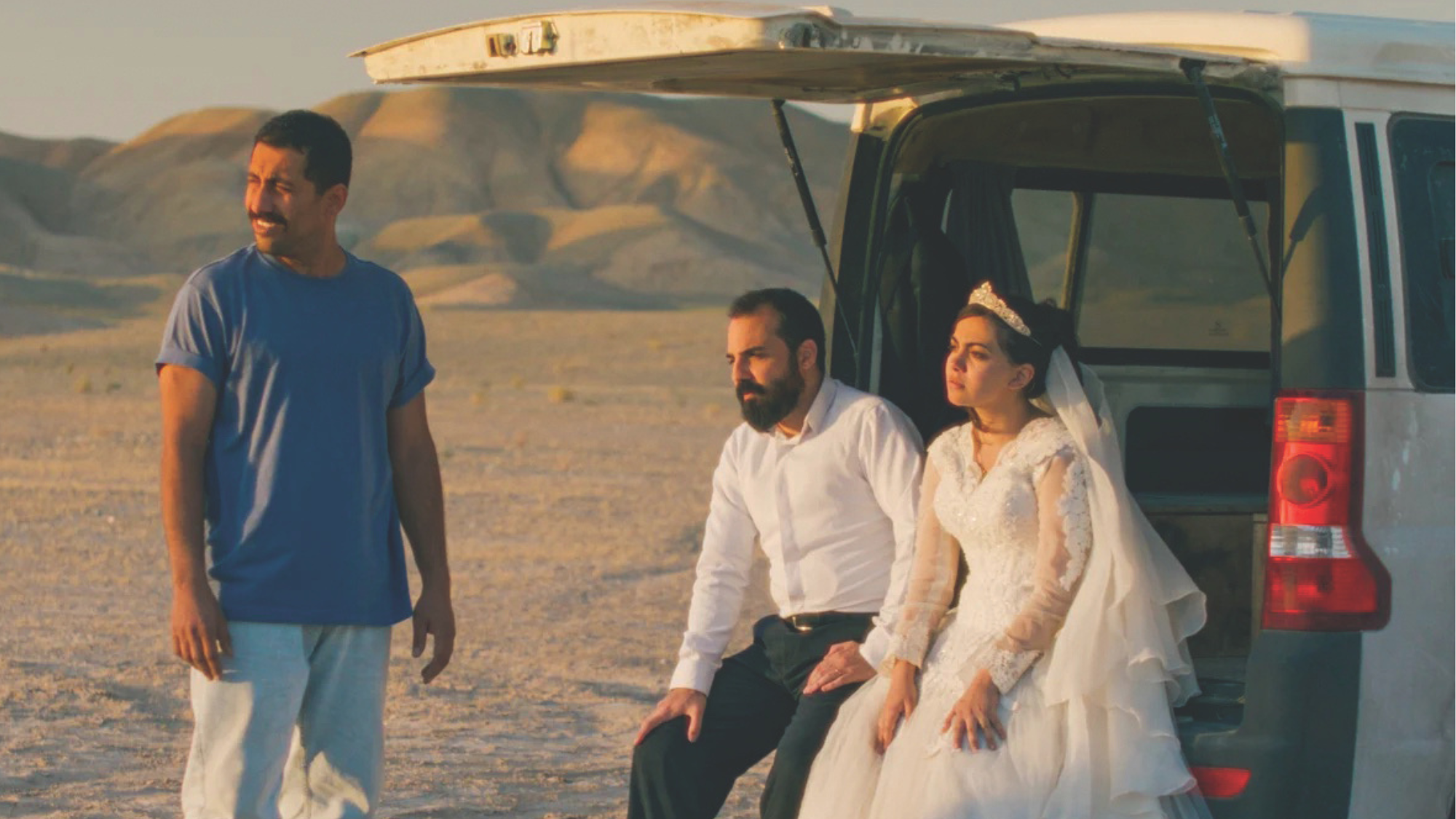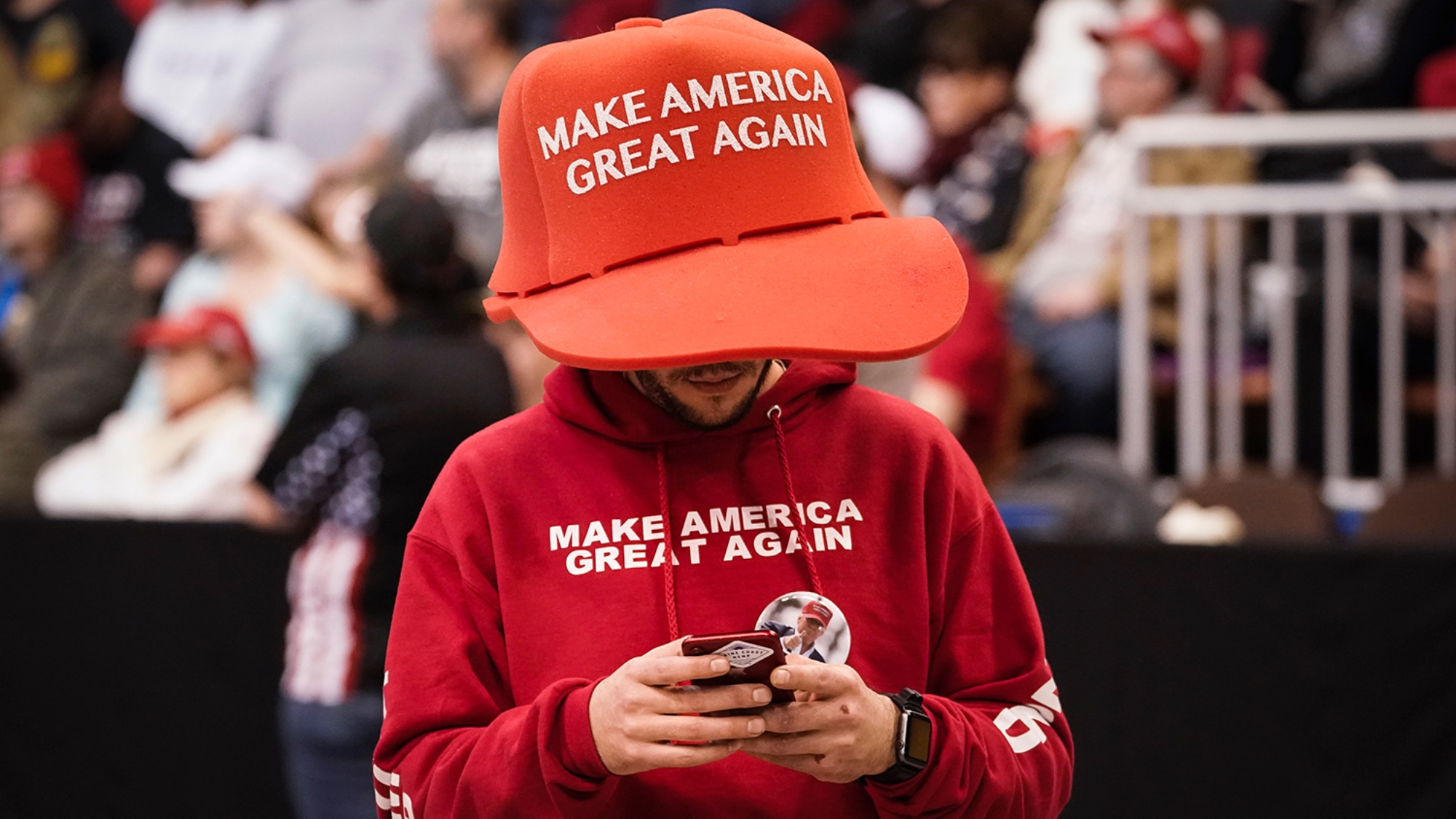Brasil! Brasil! The Birth of Modernism – a show to warm a 'sun-starved soul'
Royal Academy exhibition shines a light on 10 largely unknown Brazilian artists from the 20th century

The Royal Academy's new survey of Brazilian modernism is a show to warm a "sun-starved soul", said Alastair Sooke in The Daily Telegraph. It is "awash" with images of "far-flung climes", and teems with "jungly forests", "coffee plantations and banana groves" and "dense, jerry-built favelas". There are "resplendent Afro-Brazilian deities", "barefoot children flying kites", "suave, white-clad tennis players", among many other things.
The show focuses on the work of ten very different artists who were active between the 1910s and the 1970s. Few will be familiar to British visitors and none shared any particular style in common, but all absorbed the radical modernist trends coming out of Europe and refracted them through a distinctly Brazilian filter. Featuring more than 130 works, almost all of which are paintings, the exhibition contains some remarkable discoveries, from the "delightful, optimistic" 1920s works by Tarsila do Amaral to a late-1950s image by the Italian-born Alfredo Volpi composed of "shapes like flying molars" hovering against a light pink background. Not everything here is so successful, but "if you wish to be transported, for an hour or two, to another time and place, then this show should provide satisfaction".
"Brasil! Brasil!" plunges us into "the early avant garde of a nation convulsed by dictatorships and coups", said Laura Cumming in The Observer. Indeed, such is the focus on political history that the art frequently feels like an afterthought. There are a few great things: Rubem Valentim (1922-1991), in particular, is a "wonderful discovery", his "ultra-sharp geometric paintings and gleaming wooden constructions" incorporate a host of symbols – arrows, circles, triangles – significant in the Afro-Brazilian Candomblé religion. By and large, however, this is "a lavish exhibition of bafflingly weak art" – a "weird mishmash of weakly adapted pastiches of European modernism" and "crude socialist realism". Do Amaral's "Second Class" (1933), for instance, is a piece of "woeful agitprop", depicting "barefoot Brazilians as mawkish puppets with uniform faces". Honestly, "I am sorry I saw this painting".
The Week
Escape your echo chamber. Get the facts behind the news, plus analysis from multiple perspectives.

Sign up for The Week's Free Newsletters
From our morning news briefing to a weekly Good News Newsletter, get the best of The Week delivered directly to your inbox.
From our morning news briefing to a weekly Good News Newsletter, get the best of The Week delivered directly to your inbox.
The mediocrity is made all the more baffling because Brazil really did produce some "highly original and globally renowned modern art", said Jonathan Jones in The Guardian. Whereas American postwar abstraction was "splashy and expressive", Brazil's was "hard" and "mathematical". We do see hints of this: Geraldo de Barros "designs and colours with precision", cutting up and intersecting rectangles and triangles, or finding geometric patterns in his photos of city streets. The rest, alas, largely consists of "lightly cubist portraits, tropical forest scenes heavily influenced by Rousseau and the obligatory depictions of poverty". It's devoid of "funk and fun". "What a waste to stage such a self-deluded bore of a show in the grandest exhibition rooms in Britain."
Royal Academy, London W1. Until 21 April
A free daily email with the biggest news stories of the day – and the best features from TheWeek.com
-
 6 lovely barn homes
6 lovely barn homesFeature Featuring a New Jersey homestead on 63 acres and California property with a silo watchtower
-
 Film reviews: ‘Marty Supreme’ and ‘Is This Thing On?’
Film reviews: ‘Marty Supreme’ and ‘Is This Thing On?’Feature A born grifter chases his table tennis dreams and a dad turns to stand-up to fight off heartbreak
-
 Political cartoons for December 14
Political cartoons for December 14Cartoons Sunday's political cartoons include a new White House flag, Venezuela negotiations, and more
-
 6 lovely barn homes
6 lovely barn homesFeature Featuring a New Jersey homestead on 63 acres and California property with a silo watchtower
-
 Film reviews: ‘Marty Supreme’ and ‘Is This Thing On?’
Film reviews: ‘Marty Supreme’ and ‘Is This Thing On?’Feature A born grifter chases his table tennis dreams and a dad turns to stand-up to fight off heartbreak
-
 Heavenly spectacle in the wilds of Canada
Heavenly spectacle in the wilds of CanadaThe Week Recommends ‘Mind-bending’ outpost for spotting animals – and the northern lights
-
 It Was Just an Accident: a ‘striking’ attack on the Iranian regime
It Was Just an Accident: a ‘striking’ attack on the Iranian regimeThe Week Recommends Jafar Panahi’s furious Palme d’Or-winning revenge thriller was made in secret
-
 Singin’ in the Rain: fun Christmas show is ‘pure bottled sunshine’
Singin’ in the Rain: fun Christmas show is ‘pure bottled sunshine’The Week Recommends Raz Shaw’s take on the classic musical is ‘gloriously cheering’
-
 Holbein: ‘a superb and groundbreaking biography’
Holbein: ‘a superb and groundbreaking biography’The Week Recommends Elizabeth Goldring’s ‘definitive account’ brings the German artist ‘vividly to life’
-
 The Sound of Music: a ‘richly entertaining’ festive treat
The Sound of Music: a ‘richly entertaining’ festive treatThe Week Recommends Nikolai Foster’s captivating and beautifully designed revival ‘ripples with feeling’
-
 ‘Furious Minds: The Making of the MAGA New Right’ by Laura K. Field and ‘The Dream Factory: London’s First Playhouse and the Making of William Shakespeare’ by Daniel Swift
‘Furious Minds: The Making of the MAGA New Right’ by Laura K. Field and ‘The Dream Factory: London’s First Playhouse and the Making of William Shakespeare’ by Daniel SwiftFeature An insider’s POV on the GOP and the untold story of Shakespeare’s first theater